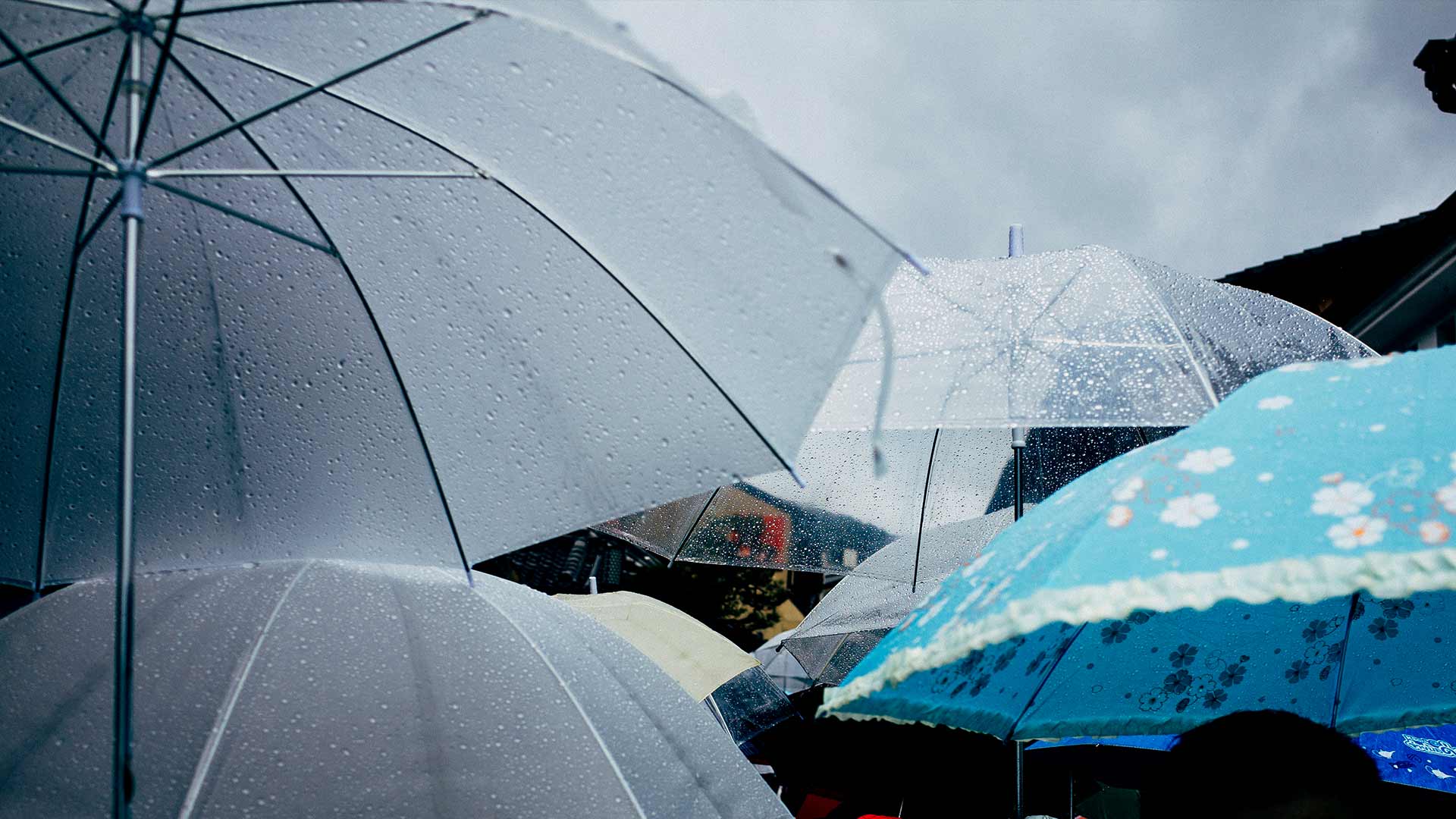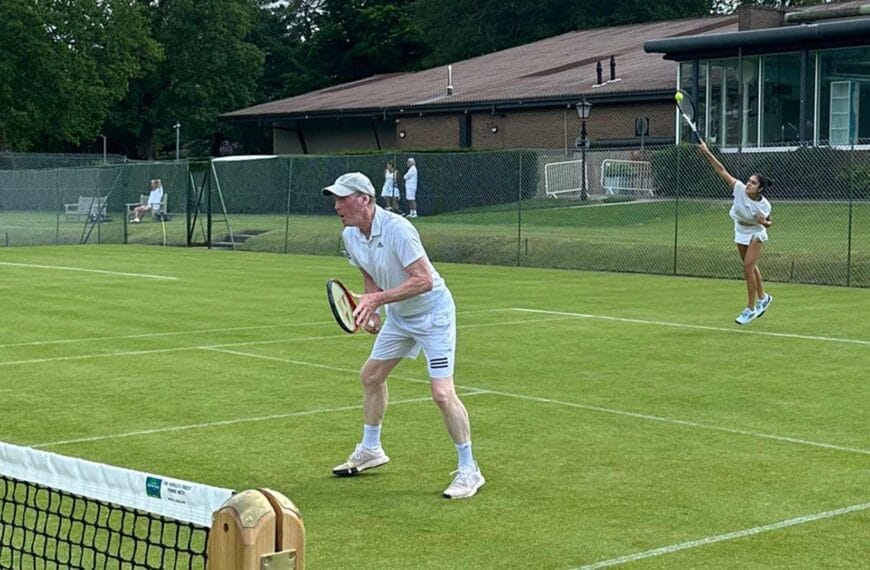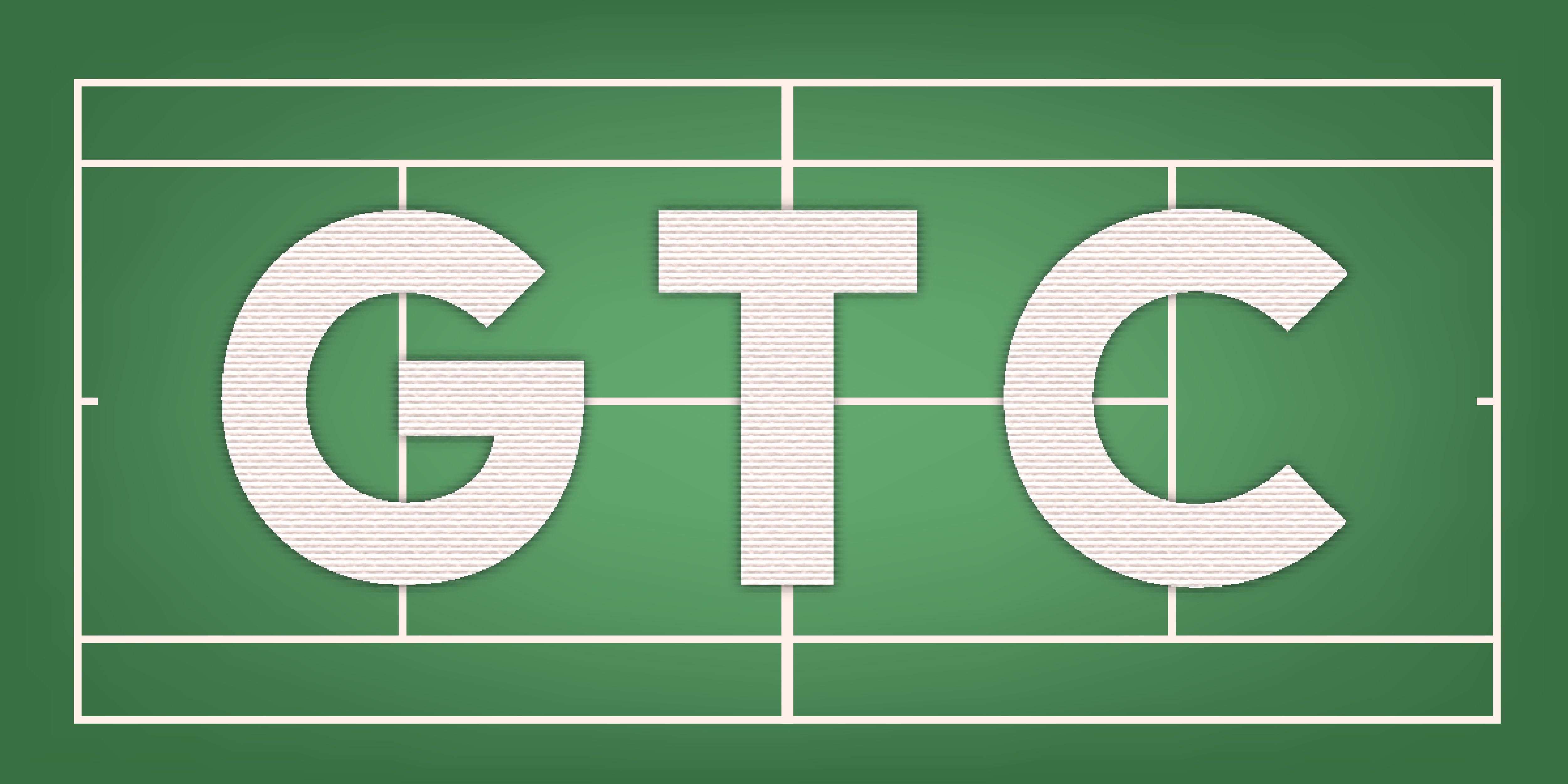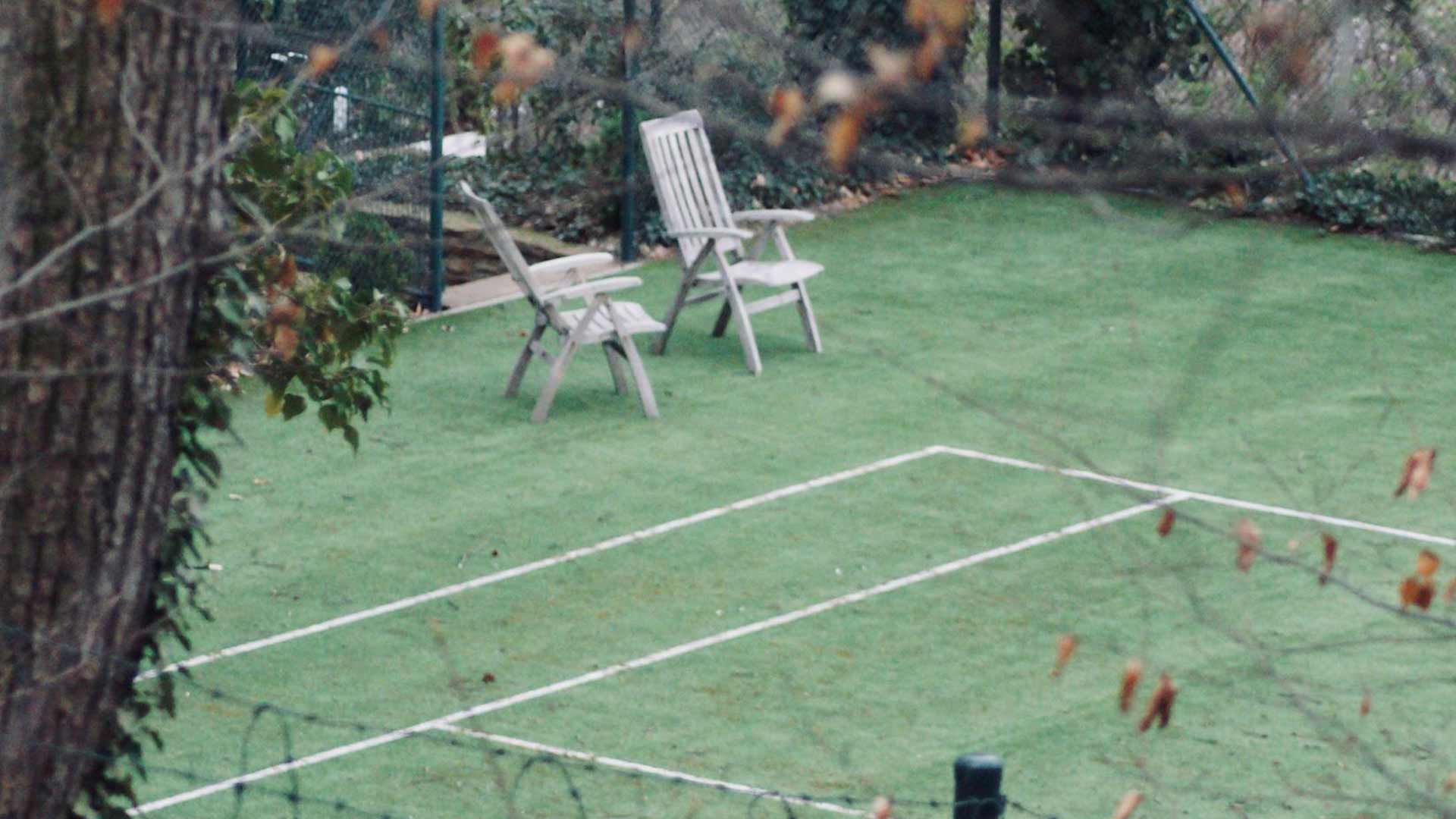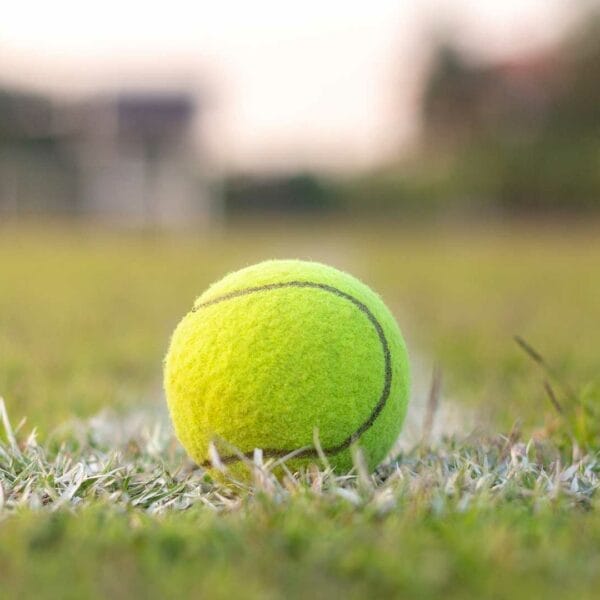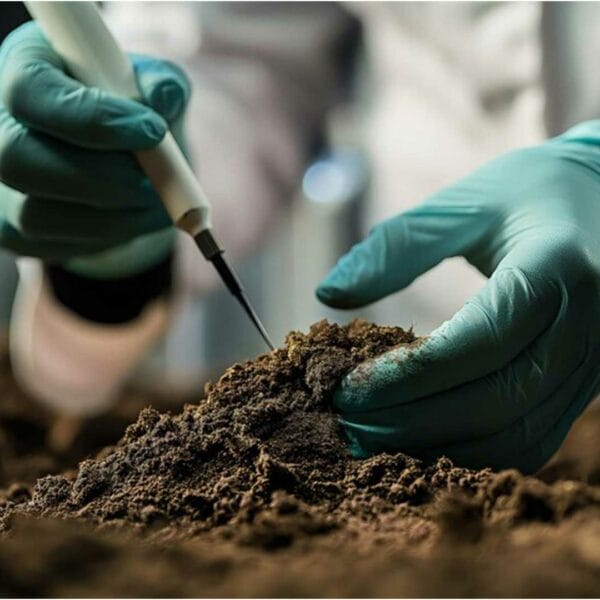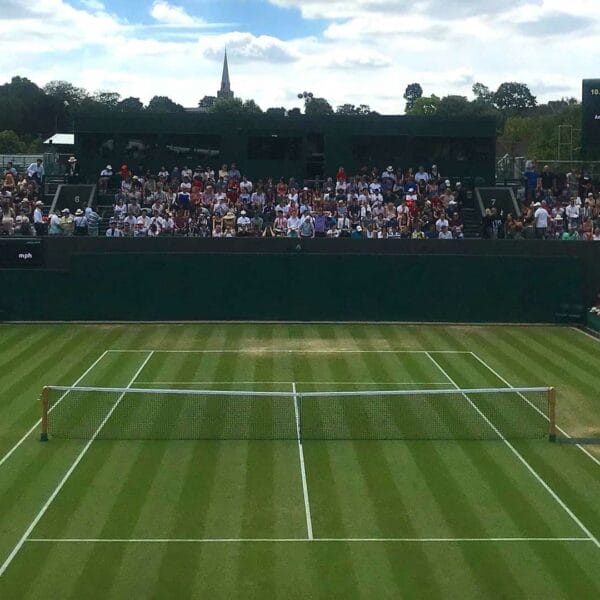How does weather impact grass court performance?
Introduction to Grass Court Performance
Grass courts have long been a staple of tennis tournaments around the world. They provide a unique playing surface that demands skill and strategy from players. The fast-paced nature of grass courts rewards aggressive play but also presents challenges due to their unpredictable conditions. Understanding how weather impacts grass court performance is crucial for both players and spectators.
The characteristics of grass courts make them particularly susceptible to changes in weather conditions. With their low friction coefficient and minimal ball bounce, even slight variations in temperature and humidity can significantly affect gameplay. This delicate balance between player movement shot placement, and environmental factors make grass courts one of the most demanding surfaces in professional tennis.
Throughout history, some of the greatest tennis matches have taken place on grass courts, often under challenging weather conditions. From Wimbledon’s iconic Centre Court to the All England Lawn Tennis Club’s other grass courts, these surfaces have hosted countless epic battles between tennis legends. However, the weather affects more than just the players; the conditions on the court influence the very fabric of the game itself.
In this article, we will explore the various ways in which weather impacts grass court performance. We will examine the complex interplay between temperature, humidity, rain, wind, sun exposure, and long-term weather patterns. By examining these factors, we can gain a deeper understanding of what makes grass courts so unique and why they continue to captivate audiences worldwide.
Factors Affecting Weather Conditions on Grass Courts
Grass courts are highly sensitive to changes in weather conditions, making them one of the most challenging surfaces to play on in professional tennis. Several key factors contribute to the unpredictability of grass court weather, including temperature fluctuations, humidity levels, precipitation, wind direction, sunlight exposure, and long-term weather patterns.
Temperature Fluctuations
Temperature plays a significant role in determining the condition of grass courts. High temperatures can cause the grass to become brittle and dry, reducing ball bounce and increasing the risk of injuries. Conversely, cooler temperatures can result in softer, more yielding grass, which may slow down the ball and favor defensive play. The ideal temperature range for grass court play typically falls between 18°C and 25°C (64°F and 77°F), allowing for optimal ball bounce and player comfort.
Humidity Levels
Humidity affects the moisture content of the grass, influencing the ball’s bounce and player movement. High humidity can lead to a slower ball bounce, while low humidity can result in a faster, more unpredictable bounce. Players must adapt their strategies accordingly, taking into account the changing conditions caused by varying humidity levels.
Precipitation
Rainfall is a major factor affecting grass court performance, as it can alter the court’s surface and create uneven playing conditions. Heavy rainfall can lead to waterlogging, making the grass soggy and reducing traction for players. Light drizzle, on the other hand, may only slightly affect the court’s condition, requiring players to adjust their tactics to compensate for the changed circumstances.
Wind Direction
Wind speed and direction can significantly impact ball flight and player strategy on grass courts. Strong winds can disrupt the ball’s trajectory, forcing players to adjust their shots and positioning. Players must be prepared to adapt to changing wind conditions, which can greatly influence the outcome of a match.
Sunlight Exposure
Prolonged exposure to direct sunlight can cause the grass to become scorched and discoloured, affecting the ball’s bounce and overall playing conditions. Players must take precautions to avoid prolonged exposure to direct sunlight, especially during peak hours when the sun’s rays are strongest.
Long-Term Weather Patterns
Seasonal weather patterns, such as heatwaves or cold snaps, can have a lasting impact on grass court performance. Prolonged periods of extreme weather can cause the grass to become worn and damaged, leading to uneven playing conditions and increased maintenance requirements. Players and tournament organizers must be aware of long-term weather forecasts to plan accordingly and ensure optimal playing conditions.
Impact of Temperature on Grass Court Performance
Temperature plays a crucial role in determining the condition of grass courts, directly impacting the ball’s bounce, player comfort, and overall match outcomes. Understanding how temperature affects grass court performance is essential for players, coaches, and tournament organizers to make informed decisions regarding match scheduling, training sessions, and equipment selection.
Optimal Temperature Range
The ideal temperature range for grass court play typically falls between 18°C and 25°C (64°F and 77°F). Within this range, the grass remains soft yet firm enough to provide an optimal ball bounce. Temperatures above 28°C (82°F) can cause the grass to become brittle and dry, reducing the ball bounce and increasing the risk of injuries. Conversely, temperatures below 15°C (59°F) can lead to a slower ball bounce and increased player fatigue.
Effects of High Temperatures
High temperatures can have several adverse effects on grass court performance, including:
* Reduced ball bounce: As the grass dries out, the ball bounces lower and less consistently, making it challenging for players to control their shots.
* Increased risk of injuries: Dry, brittle grass can cause twisted ankles, knee sprains, and other injuries due to its reduced cushioning effect.
* Decreased player comfort: High temperatures can cause dehydration, heat exhaustion, and discomfort, which can affect players’ focus and performance.
Effects of Low Temperatures
Low temperatures can also impact grass court performance, including:
* Slower ball bounce: Cool, damp grass can result in a slower ball bounce, favouring defensive play and potentially altering match strategies.
* Increased player fatigue: Cold temperatures can cause muscle stiffness, decreased flexibility, and reduced endurance, affecting players’ ability to perform at their best.
Adapting to Temperature Changes
Players, coaches, and tournament organizers must be prepared to adapt to changing temperature conditions. This includes:
* Adjusting match schedules: Postponing matches during extreme temperature conditions can help prevent injuries and ensure fair play.
* Selecting suitable equipment: Players may need to choose different racket strings, grips, or shoes to accommodate changing temperature conditions.
* Implementing cooling measures: Providing shade, misting systems, or cooling towels can help reduce player discomfort and improve performance during hot weather.
By understanding the impact of temperature on grass court performance, individuals involved in tennis can make informed decisions to optimize player safety, comfort, and success.
Effects of Humidity on Ball Bounce and Player Movement
Humidity plays a significant role in determining the condition of grass courts, influencing both the ball’s bounce and player movement. When humidity levels are high, the air is filled with moisture, causing the grass to remain lush and green. Conversely, low humidity leads to dry, brittle grass.
Impact on Ball Bounce
* High humidity: Excessive moisture in the air causes the grass to retain more water, resulting in a higher and more consistent ball bounce. This favors aggressive playing styles, allowing players to hit powerful shots with greater accuracy.
* Low humidity: Dry grass leads to a lower and less consistent ball bounce, making it challenging for players to control their shots. The reduced ball bounce can also affect the trajectory of serves and volleys, requiring adjustments in technique and strategy.
Effect on Player Movement
* High humidity: Moisture in the air can slow down player movements, making it more difficult to cover the court quickly. However, the higher ball bounce allows players to generate more power and speed in their shots, compensating for the slower movement.
* Low humidity: Dry air enables faster player movements, but the lower ball bounce requires players to adjust their footwork and shot placement to compensate for the reduced bounce.
Factors Influencing Humidity Levels
* Weather patterns: Cloudy skies, rain showers, and wind can all contribute to high humidity levels on grass courts.
* Time of day: Morning hours often experience higher humidity than afternoon hours, especially during warm weather.
* Grass type: Different types of grass have varying levels of moisture retention, affecting the overall humidity level on the court.
Understanding the effects of humidity on ball bounce and player movement is crucial for players, coaches, and tournament organizers to make informed decisions regarding match scheduling, training sessions, and equipment selection. By adapting to changing humidity conditions, individuals involved in tennis can optimize player safety, comfort, and success on grass courts.
Rain and Its Influence on Match Scheduling and Play
Rainfall has a profound impact on grass court performance, significantly altering match scheduling and play. Heavy rainfall can render the court unplayable, forcing tournament organizers to reschedule matches or even cancel them altogether. In this section, we will explore the effects of rain on grass courts and discuss strategies for managing rain-related disruptions.
Impact of Rain on Grass Courts
Excessive rainfall can cause grass to become waterlogged, compromising court quality. Waterlogged grass can result in uneven surfaces, slippery conditions, and an increased risk of injuries. Furthermore, prolonged exposure to heavy rainfall can lead to the growth of moss and algae, damaging the grass and creating uneven playing surfaces.
Match Scheduling and Rain
Tournament organizers must carefully consider rain forecasts when scheduling matches. Delays and cancellations due to rain can be frustrating for players, spectators, and officials alike. To mitigate these disruptions, organizers may employ various strategies, including:
* Implementing rain covers or tarps to protect the court from excessive rainfall
* Utilizing indoor facilities or alternative venues for matches affected by rain
* Rescheduling matches to accommodate better weather conditions
* Providing updates and notifications to players, spectators, and officials regarding match schedules and status
Player Adaptation and Rain
Players must adapt their strategies and tactics to account for rain-affected conditions. Wet grass can reduce traction, requiring players to adjust their footwork and shot placement accordingly. Additionally, rain can alter the ball’s behavior, requiring players to adjust their serve and volley techniques to compensate for the changed conditions.
Technological Innovations and Rain Management
Technology advances have enabled the development of innovative solutions for managing rain-affected conditions. For instance, some courts now feature drainage systems designed to rapidly remove excess water, reducing the risk of waterlogging. Other technologies, such as artificial turf and hybrid surfaces, offer improved durability and resistance to rain-related damage.
In conclusion, rain poses significant challenges for grass court performance, impacting match scheduling and play. By understanding the effects of rain and employing effective management strategies, tournament organizers, players, and officials can minimize disruptions and ensure a smooth, enjoyable experience for all involved.
The Role of Wind in Altering Ball Flight and Player Strategy
Wind is another critical factor influencing grass court performance, significantly affecting ball flight and player strategy. Strong gusts can alter the trajectory of shots, making it challenging for players to predict the outcome of their serves, volleys, and groundstrokes.
Effects of Wind on Ball Flight
* Crosswinds can deflect balls, causing unpredictable bounces and making it difficult for players to control their shots.
* Headwinds can slow down the ball, reducing its speed and making it easier for opponents to return.
* Tailwinds can accelerate the ball, increasing its speed and making it more challenging for players to handle.
Adaptation Strategies for Players
* Players must adjust their shot selection and technique to account for wind conditions. For example, they may opt for shorter, higher-arcing shots to counteract crosswinds.
* Players should also focus on developing strong core strength and stability to maintain balance and generate power in windy conditions.
* Coaches and trainers can work with players to develop specific drills and exercises that simulate windy conditions, helping them build resilience and adaptability.
Innovative Solutions for Managing Wind-Related Disruptions
* Some tennis courts are equipped with windbreaks or screens to reduce the impact of strong gusts.
* Advanced weather forecasting systems enable tournament organizers to make informed decisions about match scheduling and rescheduling.
* Players and coaches can use data analytics and video analysis tools to gain insights into wind patterns and optimize their strategies accordingly.
By understanding the role of wind in altering ball flight and player strategy, grasscourt professionals can develop effective adaptation strategies and innovate solutions to minimize disruptions and ensure a smooth, enjoyable experience for all involved.
]
Sun Exposure and its Effects on Player Comfort and Safety
Sun exposure plays a significant role in grass court performance, impacting both player comfort and safety. Prolonged exposure to direct sunlight can lead to heat-related illnesses, dehydration, and fatigue, ultimately affecting a player’s ability to perform at their best.
Factors Contributing to Heat Stress
High temperatures, often accompanied by humidity, create an environment conducive to heat stress. The sun’s ultraviolet (UV) radiation can damage skin cells, leading to sunburn, premature aging, and an increased risk of skin cancer. Additionally, intense heat can disrupt the body’s thermoregulatory mechanisms, resulting in overheating and potentially life-threatening conditions.
Player Safety Measures
To mitigate the risks associated with sun exposure, players, coaches, and tournament staff must take proactive measures to ensure player safety. This includes:
- Providing shaded areas for players to rest and recover during matches and training sessions.
- Encouraging players to wear protective clothing, including hats, sunglasses, and sunscreen with a high SPF rating.
- Implementing hydration protocols to prevent dehydration and promote fluid intake before, during, and after play.
- Monitoring temperature and humidity levels to schedule matches and training sessions during cooler periods.
- Utilizing cooling technologies, such as misting systems or ice vests, to help regulate body temperature.
Innovative Solutions for Enhancing Player Comfort
Advances in technology have led to the development of innovative solutions aimed at enhancing player comfort and safety in sunny conditions. These include:
- Smart fabrics and clothing are designed to wick away moisture and provide UV protection.
- Personalized cooling systems, such as wearable devices or smart towels help regulate body temperature.
- Shaded structures or canopies that provide relief from direct sunlight during matches and training sessions.
- Advanced weather forecasting systems that enable tournament organizers to schedule matches during optimal weather conditions.
By acknowledging the impact of sun exposure on grass court performance and taking proactive steps to address these concerns, players, coaches, and tournament staff can create a safer and more enjoyable environment for everyone involved.
Long-Term Weather Patterns and Their Impact on Grass Courts
Long-term weather patterns profoundly affect grass courts, influencing the overall playing experience and requiring players, coaches, and tournament staff to adapt their strategies accordingly. Understanding these patterns is crucial for optimizing match scheduling, player preparation, and equipment maintenance.
Seasonal Variations
Grass courts are typically most favorable during the spring and early summer months when temperatures are mild, and rainfall is moderate. However, as the season progresses into late summer and autumn, the weather becomes increasingly unpredictable, with rising temperatures, humidity, and precipitation levels. Players must adjust their tactics to account for these changes, focusing on endurance and stamina during the hotter periods.
Drought and Water Management
Prolonged droughts can significantly idamagegrass court surfaces, making them brittle, uneven, and prone to injury. In contrast, excessive rainfall can lead to waterlogging, making it difficult for players to move quickly and control their shots. Effective water management strategies, such as drainage systems and irrigation schedules, are essential for maintaining healthy grass courts and ensuring optimal playing conditions.
Climate Change and Rising Temperatures
Rising global temperatures are altering long-term weather patterns, leading to more frequent and severe heatwaves. As a result, grass courts are experiencing unprecedented challenges, including increased risk of heat-related illnesses, reduced playing times, and altered ball behaviour. Players, coaches, and tournament staff must be prepared to adapt to these changing conditions, prioritizing player safety and well-being while also ensuring fair competition.
Regional Weather Patterns
Different regions exhibit unique weather characteristics, which can greatly impact grass court performance. For example, coastal areas tend to experience milder temperatures and higher humidity, while inland regions may face more extreme temperature fluctuations. Understanding local weather patterns is vital for tailoring player preparation, equipment selection, and match scheduling to optimize performance and minimize disruptions.
By recognizing the influence of long-term weather patterns on grass courts, players, coaches, and tournament staff can develop effective strategies to mitigate the effects of climate change, seasonal variations, and regional differences. This enables them to create a more sustainable and enjoyable tennis environment where athletes can thrive despite the challenges posed by the ever-changing weather.
Preparing for Unpredictable Weather on Grass Courts
Players, coaches, and tournament staff must be equipped to handle the unpredictability of weather on grass courts to ensure optimal performance and minimize disruptions. Developing a comprehensive strategy for adapting to changing weather conditions is crucial for success in this challenging environment.
Weather Forecasting and Monitoring
Accurate weather forecasting and real-time monitoring enable players and coaches to anticipate potential weather-related issues and make informed decisions regarding training, practice sessions, and match scheduling. By staying up-to-date with the latest weather forecasts, they can adjust their plans to accommodate changing conditions, ensuring that players remain prepared and focused throughout the competition.
Equipment Maintenance and Selection
Proper equipment maintenance and selection are critical components of preparing for unpredictable weather on grass courts. Players should invest in high-quality gear designed to withstand various weather conditions, such as waterproof shoes and clothing, and consider factors like wind resistance and sun protection when choosing their attire. Regular equipment checks and maintenance help prevent malfunctions and ensure optimal performance under adverse weather conditions.
Player Preparation and Conditioning
Developing physical and mental resilience is essential for performing at a high level in unpredictable weather conditions. Coaches and trainers should focus on building players’ endurance, agility, and flexibility through targeted conditioning programs, emphasizing exercises that improve cardiovascular fitness, strength, and reaction time. Additionally, mental preparation techniques, such as visualization and positive self-talk, can help players stay focused and composed under pressure.
Tournament Staff and Emergency Planning
Effective communication and emergency planning are vital for minimizing disruptions caused by unexpected weather events. Tournament staff should establish clear protocols for handling rain delays, heat waves, and other weather-related issues, ensuring that players, officials, and spectators are kept informed and safe. Having contingency plans in place helps maintain a smooth and efficient competition schedule, even in unpredictable weather conditions.
Continuous Learning and Adaptation
The key to success in unpredictable weather conditions lies in continuous learning and adaptation. Players, coaches, and tournament staff should remain open to new ideas and strategies, analyze past performances, and adjust their approaches as needed. By embracing a culture of innovation and experimentation, they can refine their skills and develop effective solutions to overcome the challenges presented by grass-court weather.
Conclusion: Adapting to Weather Conditions on Grass Courts
In conclusion, understanding how weather impacts grass court performance is crucial for tennis players, coaches, and spectators alike. By grasping the effects of temperature, humidity, rain, wind, sun exposure, and long-term weather patterns on grass courts, individuals can better adapt to changing conditions and optimize their game strategy. Key takeaways from this analysis emphasize the importance of monitoring weather forecasts, adjusting playing styles according to environmental factors, and prioritizing player comfort and safety. Ultimately, mastering the art of adapting to unpredictable weather on grass courts can be a decisive factor in achieving success in professional tennis tournaments and recreational matches alike.

